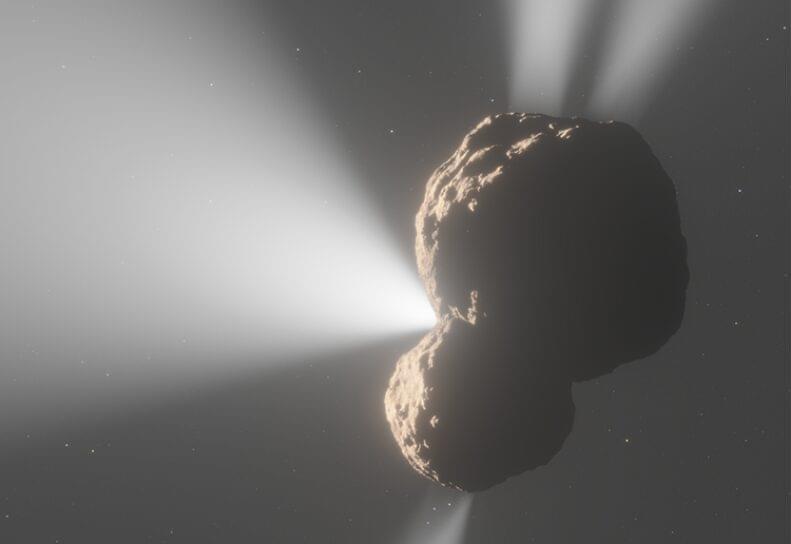Oct 25, 2024
NASA Begins New Deployable Solar Array Tech Demo on Pathfinder Spacecraft
Posted by Genevieve Klien in categories: solar power, space, sustainability
NASA recently evaluated initial flight data and imagery from Pathfinder Technology Demonstrator-4 (PTD-4), confirming proper checkout of the spacecraft’s systems including its on-board electronics as well as the payload’s support systems such as the small onboard camera. Shown above is a test image of Earth taken by the payload camera, shortly after PTD-4 reached orbit. This camera will continue photographing the technology demonstration during the mission.
Payload operations are now underway for the primary objective of the PTD-4 mission – the demonstration of a new power and communications technology for future spacecraft. The payload, a deployable solar array with an integrated antenna called the Lightweight Integrated Solar Array and anTenna, or LISA-T, has initiated deployment of its central boom structure. The boom supports four solar power and communication arrays, also called petals. Releasing the central boom pushes the still-stowed petals nearly three feet (one meter) away from the spacecraft bus. The mission team currently is working through an initial challenge to get LISA-T’s central boom to fully extend before unfolding the petals and beginning its power generation and communication operations.
Continue reading “NASA Begins New Deployable Solar Array Tech Demo on Pathfinder Spacecraft” »

















